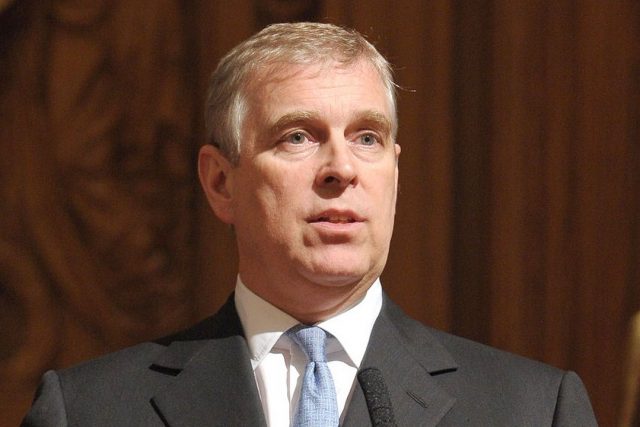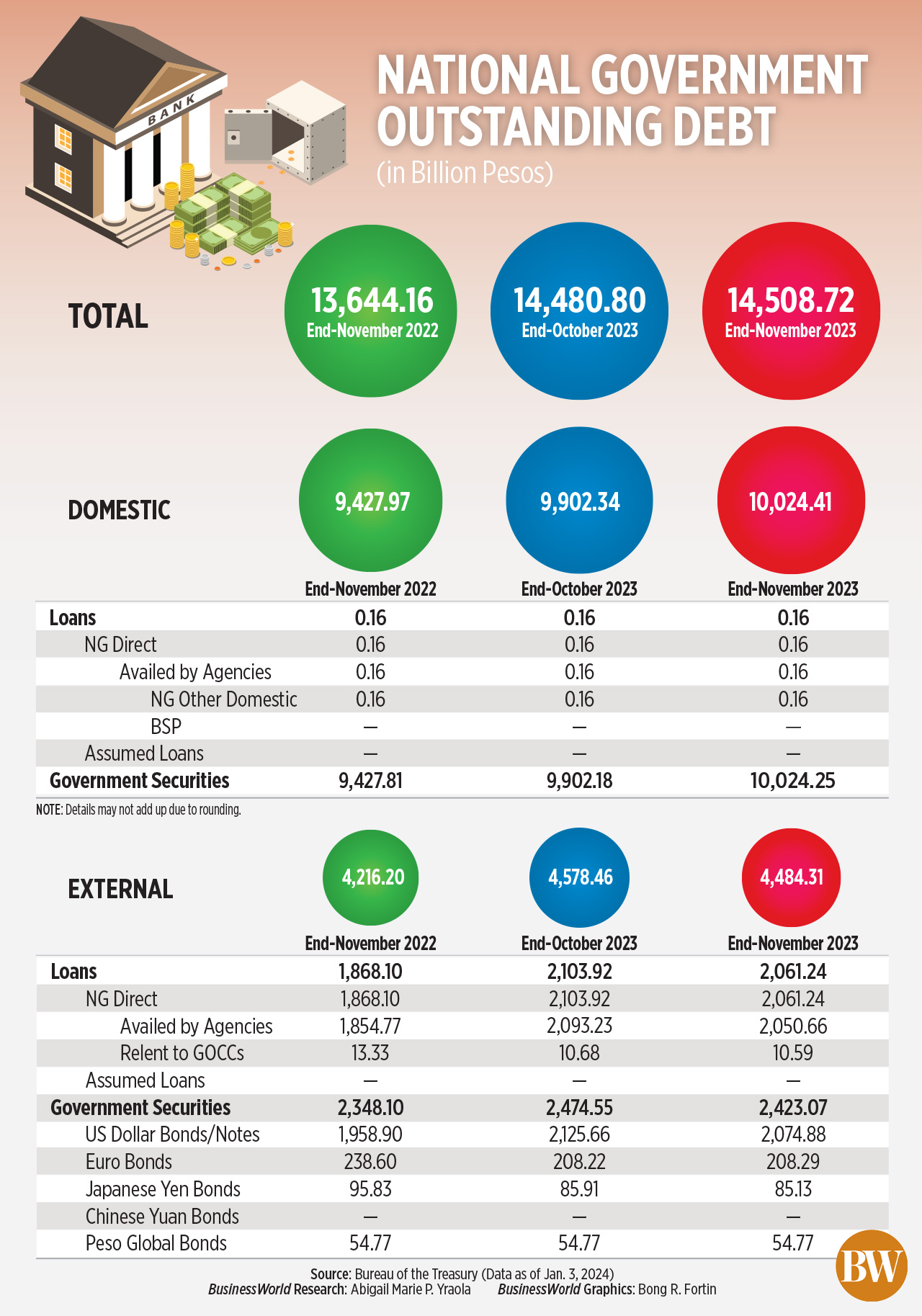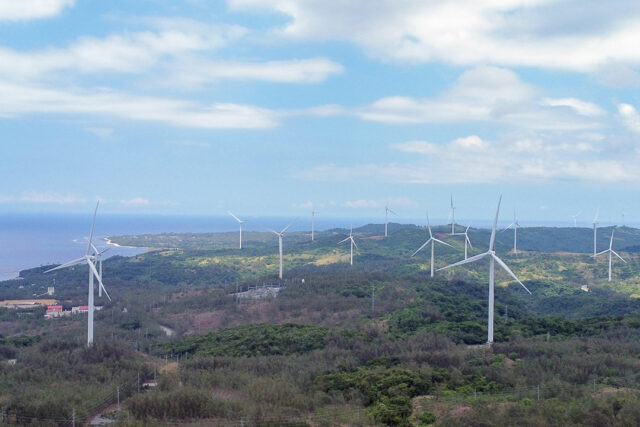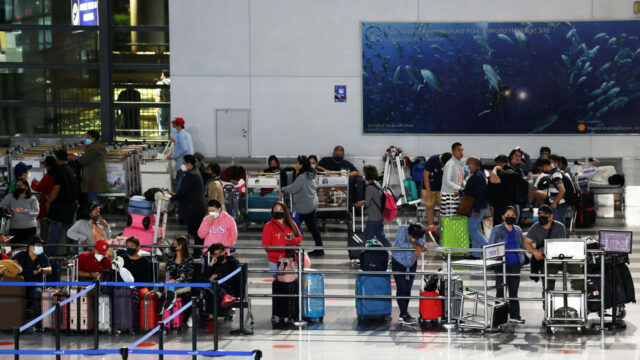Epstein accuser says Prince Andrew groped her, documents show
NEW YORK — A woman who has said she was victimized by late sex offender Jeffrey Epstein said Britain’s Prince Andrew put his hand on her breast at Epstein’s Manhattan townhouse in 2001, according to court documents from a civil lawsuit unsealed on Wednesday.
The incident, which has been previously reported by other media outlets and Andrew has denied, was among the details described in an initial trove of previously redacted documents that otherwise revealed few new details about the extent of Epstein’s alleged sex trafficking activities.
More documents are expected to be unsealed or unredacted in the coming days.
Prince Andrew could not immediately be reached for comment.
Epstein socialized with Wall Street titans, royalty and celebrities before pleading guilty to soliciting prostitution from a minor in 2008. He took his own life in 2019 at age 66 while awaiting trial on federal sex-trafficking charges.
Dozens of women have accused Epstein of forcing them to provide sexual services to him and his guests at his private Caribbean island and homes he owned in New York, Florida and New Mexico.
The names of more than 150 people mentioned in a lawsuit by Virginia Giuffre, one of Epstein’s most prominent accusers, were kept under seal for years until a federal judge ruled last month that there was no legal justification to keep them private.
In a deposition, Ms. Giuffre said she had sex with several politicians and financial leaders.
Ms. Giuffre’s deposition named several prominent figures who have previously denied her allegations, including hedge-fund owner Glenn Dubin, billionaire US businessman Tom Pritzker and the late New Mexico Governor Bill Richardson.
She said she also had sex with other political leaders whose names she could not remember.
Mr. Dubin could not immediately reached for comment. A spokesperson for Mr. Pritzker said the businessman “continues to vehemently deny” the allegation.
Sigrid McCawley, Ms. Giuffre’s lawyer, said some questions about who enabled Epstein have still not been answered.
“The unsealing of these documents gets us closer to that goal,” she said in a statement on Wednesday.
In a separate deposition, Epstein accuser Johanna Sjoberg said Prince Andrew put his hand on her breast to pose for a photo with Epstein, Ms. Giuffre and Ghislaine Maxwell, Epstein’s former girlfriend.
Ms. Sjoberg said the photo also included a puppet that said “Prince Andrew” on it.
This allegation was previously reported by the Mirror in 2020.
Prince Andrew has been stripped of most of his royal titles due to his association with Epstein.
He settled a civil lawsuit with Giuffre in 2022 for an undisclosed sum, and has denied wrongdoing.
The list stems from a long-settled defamation lawsuit that Giuffre filed against Maxwell.
Ms. Maxwell, the daughter of British media mogul Robert Maxwell, is serving a 20-year prison sentence for recruiting underage girls for Epstein. She is appealing her conviction.
Ms. Giuffre accused Maxwell of recruiting her when she was underage for Epstein to abuse.
US District Judge Loretta Preska, who is overseeing the case, ruled that some names would remain confidential, including those of people who were underage when Epstein abused them. — Reuters













